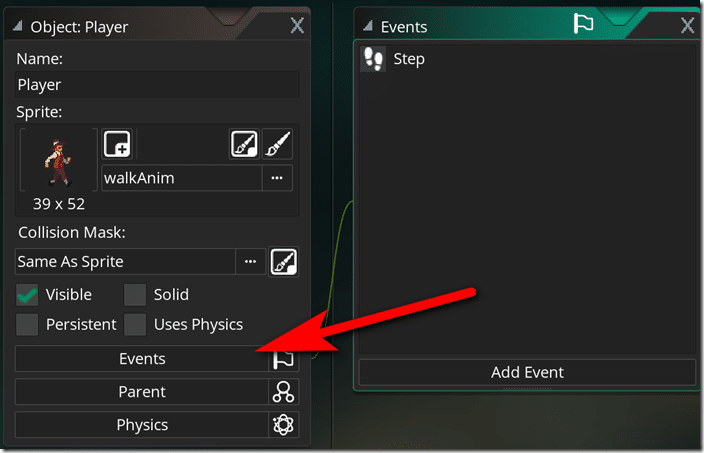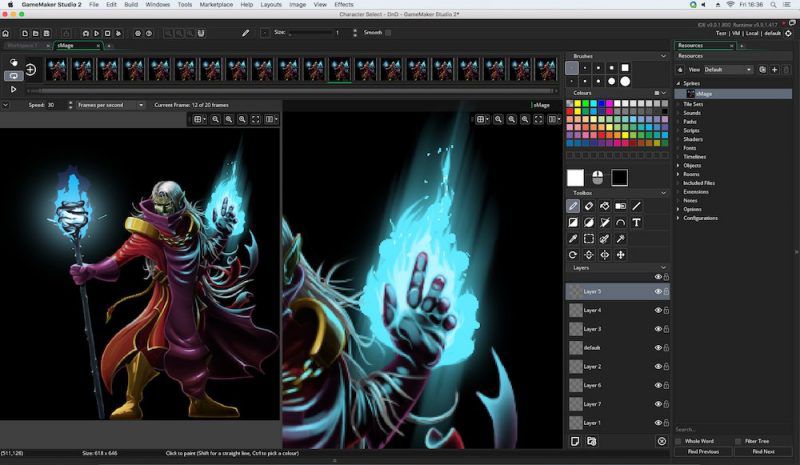


This layer is for showing and adding paths in the room. This layer is for placing tiles from tile sets as tile map s. This layer is for placing instances that will be used in the room. Layers are created by clicking the appropriate button for the type of layer you want to create, which are: Anything placed on a layer outside that range will not be drawn although all events will still run as normal. IMPORTANT! There is a minimum and maximum layer depth of -16000 to 16000.

Each layer is at a discrete "depth", where those that appear at the bottom of the list in the layer window will be drawn under those that appear near the top. The room editor places things onto layers within the room. Those parts of the editor that are docked - the room properties and the layer editor as well as the different layer property sections - can also be removed from the dock by simply dragging them out into the workspace, and they can be added back into the docks again by dragging them to the sides or the bottom of the workspace.īelow is a brief overview of each of the Room Editor sections: The user interface for the room editor is simple to navigate and split in various discrete sections. You can also place it back into the main window by dragging the tab to the top of the IDE and releasing the mouse button. The room editor is itself a workspace and as such you can click on the tab and drag it off of the main window into a new window of its own - perhaps in another display, for example. Note that to change the room order and/or inheritance you need to use the Room Manager, which you can open using the menu in the top right of the Asset Browser. When you create a room resource, you can right click on it in the Asset Browser to open the context menu, which will permit you to create child rooms (see the page on Inheritance for more information), open up the room for editing, add a new resource group to better organise the rooms, rename the room or delete it. Due to the complexity of the room editor, we'll give you first a brief overview of the most important features, and then you can find more in-depth details from the section links listed below. Each of these different assets can be placed on their own unique layer which can then be ordered however you wish in the Layers Editor. Every game requires at least one room to run, and in the room you can place instances, sprites, tiles, paths and backgrounds. The room editor is where you create your game rooms.


 0 kommentar(er)
0 kommentar(er)
